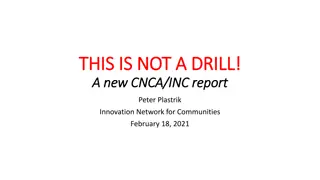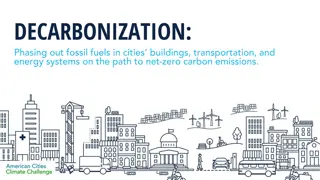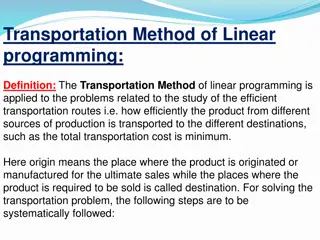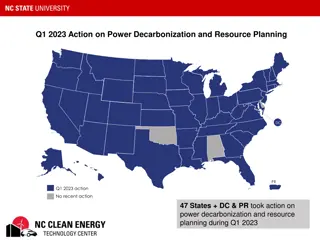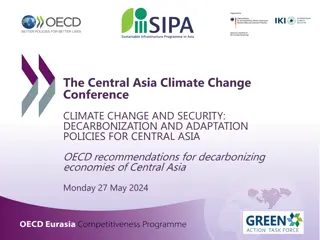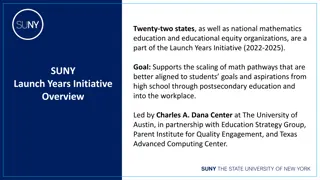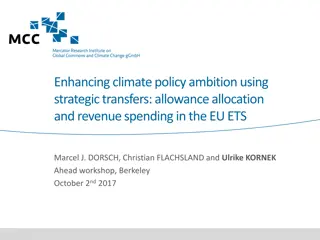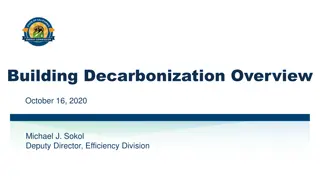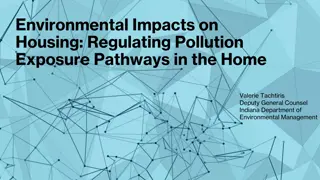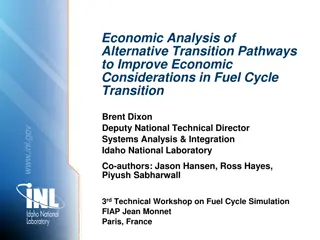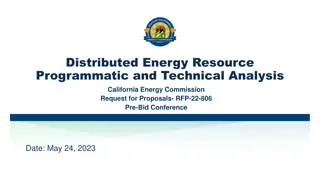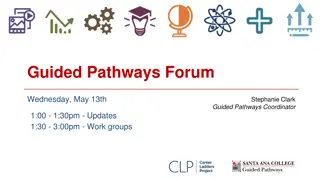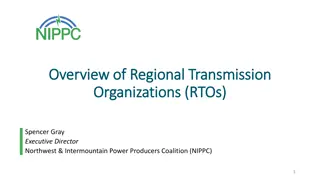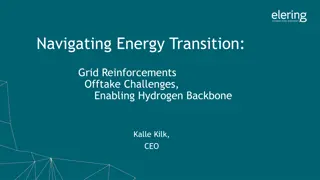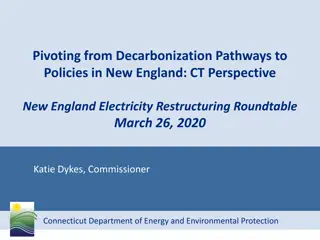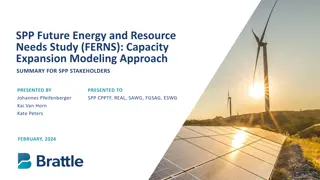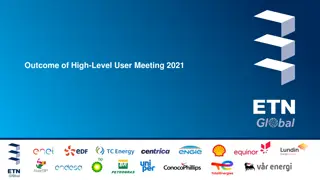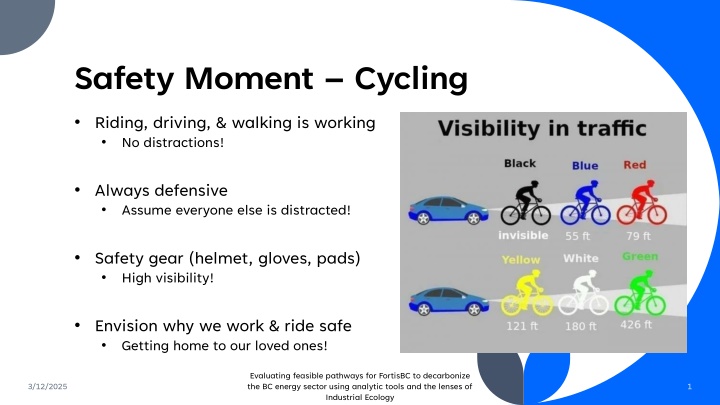
Evaluating Feasible Pathways for FortisBC Decarbonization
Industrial Ecology analysis for decarbonizing BC's energy sector with a focus on policy, economic, and technological implementations to reduce carbon emissions by 2030 while minimizing risks. Methodologies include Industrial Symbiosis, Decision Models, and Scenario Setup & Evaluation. Team members led by Andrew Rowe are working on this project.
Download Presentation

Please find below an Image/Link to download the presentation.
The content on the website is provided AS IS for your information and personal use only. It may not be sold, licensed, or shared on other websites without obtaining consent from the author. If you encounter any issues during the download, it is possible that the publisher has removed the file from their server.
You are allowed to download the files provided on this website for personal or commercial use, subject to the condition that they are used lawfully. All files are the property of their respective owners.
The content on the website is provided AS IS for your information and personal use only. It may not be sold, licensed, or shared on other websites without obtaining consent from the author.
E N D
Presentation Transcript
Safety Moment Cycling Riding, driving, & walking is working No distractions! Always defensive Assume everyone else is distracted! Safety gear (helmet, gloves, pads) High visibility! Envision why we work & ride safe Getting home to our loved ones! Evaluating feasible pathways for FortisBC to decarbonize the BC energy sector using analytic tools and the lenses of Industrial Ecology 3/12/2025 1
Evaluating feasible pathways for FortisBC to decarbonize the BC energy sector using analytic tools and the lenses of Industrial Ecology Chiradeep Majumdar 26-May-2022
Research Question What combination of implementations (policy, economic, technological, etc.) can achieve feasible carbon reductions by 2030 while minimizing risk? Evaluating feasible pathways for FortisBC to decarbonize the BC energy sector using analytic tools and the lenses of Industrial Ecology 3/12/2025 3
Methodology Industrial Symbiosis (Literature) Designing the material/energy flow between industries & technologies from the perspective of systems engineering to increase synergy Sector coupling: Gas, Heat, Electricity, Transport (GHET) (Shirizadeh, 2020) (Robinius, Otto, Heuser, et al., 2017) Policy Analysis Are they realistic? CleanBC Roadmap to 2030 Canada s 2030 Emissions Reduction Plan What is reasonable? Decision Model (Literature) Defining success Examples: CO2 budget, risk mitigation, LCOE, etc. (Simon et al., 2022) Decision Model Industrial Symbiosis Objective Evaluating Decarbonization Pathways Scenario Setup & Evaluation (Modelling Literature / Policy) Scenario definition OSeMOSYS Analysis Sensitivity (Park et al., 2013) Trade-off (De La Pe a et al., 2022) Scenario Setup & Evaluation Policy Analysis Evaluating feasible pathways for FortisBC to decarbonize the BC energy sector using analytic tools and the lenses of Industrial Ecology 3/12/2025 4
Team Members Lead Advisor: Andrew Rowe IESVIC Team Lead: Jacob Monroe Industrial Symbiosis: Chris Kennedy Decision Model: Madeleine McPherson Scenario Setup & Evaluation: Jacob, Tamara, Colton, Cristiano Policy Analysis: Andrew, Madeleine, Chris, Jacob Evaluating feasible pathways for FortisBC to decarbonize the BC energy sector using analytic tools and the lenses of Industrial Ecology 3/12/2025 5
Schedule Evaluating feasible pathways for FortisBC to decarbonize the BC energy sector using analytic tools and the lenses of Industrial Ecology 3/12/2025 6
Questions Evaluating feasible pathways for FortisBC to decarbonize the BC energy sector using analytic tools and the lenses of Industrial Ecology 3/12/2025 7

